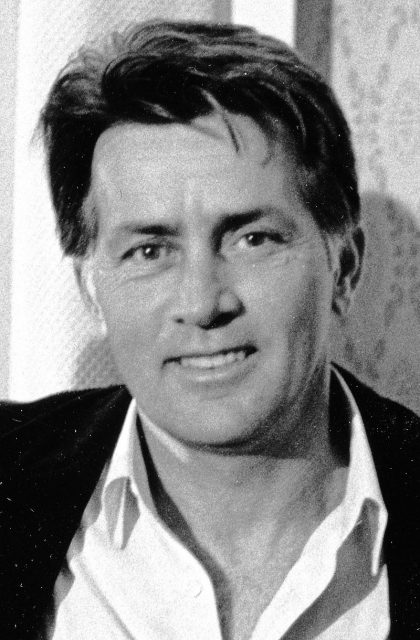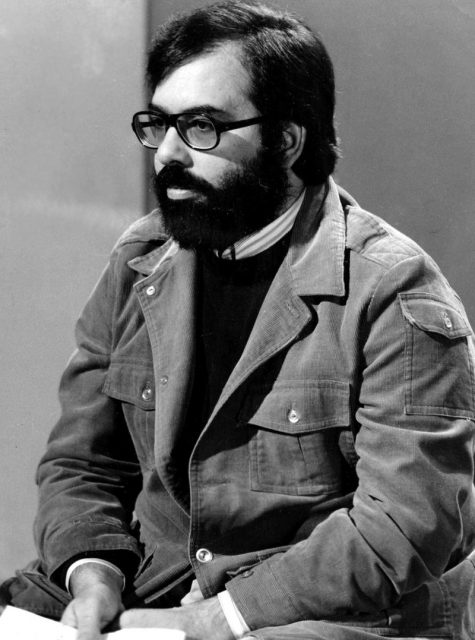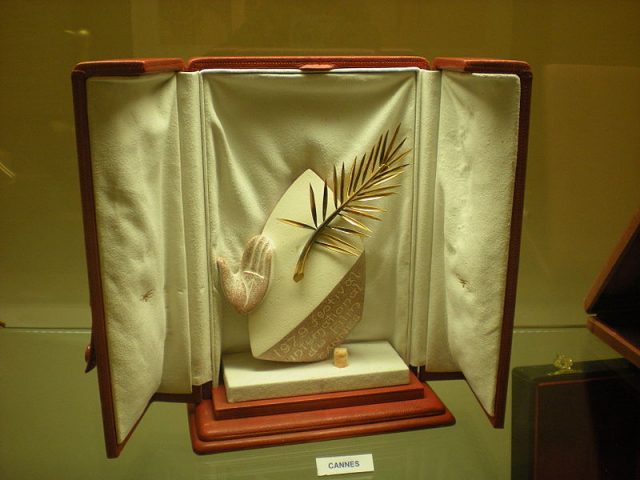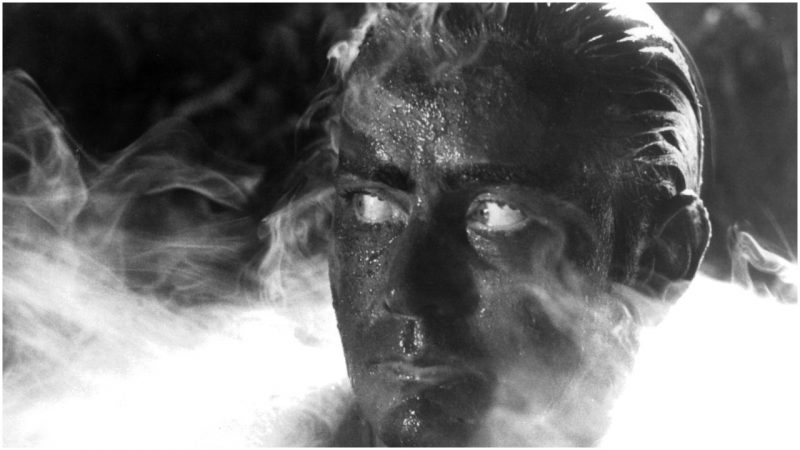Martin Sheen was drunk and nearly naked. Taking Method acting to the extreme, he was truly inhabiting the character of Captain Benjamin L. Willard awaiting orders in a Saigon hotel room. Sheen moved snakelike around the room in bikini briefs, performing karate moves, when he caught sight of himself in a mirror. Repelled by the vision, he smashed the glass. As his hand gushed, he smeared the blood over his face and body. It was the actor’s 36th birthday, and director Francis Ford Coppola just kept the camera rolling. “I was swacked,” Sheen told the Guardian in 2001, “couldn’t hardly stand up.” The now iconic hotel-freakout scene of Apocalypse Now reflects the improvisational alcohol- and drug-fueled insanity that marked both the movie’s narrative arc and the behind-the-scenes chaos of the production itself.
“Francis said his impulse was to cut the scene and call the nurse, but Marty was doing the scene,” Coppola’s wife, Eleanor, recounted in her 2008 memoir Notes on a Life. “He had gotten to the place where some part of him and Willard merged.”

Sheen agreed, telling Rolling Stone in a 1979 interview, “I did identify pretty closely with the character. Making that film was an ordeal, not just physically but emotionally.”
Apocalypse Now, which interpreted Joseph Conrad’s Heart of Darkness through the Vietnam War, was shot in the Philippines for the jungle setting and cheap labor. Coppola moved there in March 1976 for what was supposed be a five-month shoot that ended up taking nearly a year and a half. Not two months in, a wind-gusting typhoon destroyed the sets and production had to be shut down for reconstruction. Consistent with the times, the crew partied as hard as it worked. Booze flowed freely on the set, drugs were passed around. Problems arose when Marlon Brando, cast as Walter Kurtz, arrived on set unexpectedly and massively overweight.
Brando’s shocking obesity was a bigger problem in the 1970s when fewer people were grossly overweight. He hadn’t bothered to learn his lines. He was there for the handsome $3.5 million paycheck, literally banking on his reputation. Vain about his appearance, Brando wore a black robe and demanded that Coppola shoot him only in profile to obscure his enormous belly.

Coppola, who had invested millions of his own money and eventually had to mortgage his home and vineyards, suffered an epileptic seizure and possibly a nervous breakdown, threatening to commit suicide several times. Hearts of Darkness, a 1991 documentary based on footage Eleanor shot during the making of Apocalypse Now shows the director in full-blown manic-depressive fits. “We were in the jungle, there were too many of us, we had access to too much money, too much equipment, and little by little we went insane,” Francis intoned in the documentary’s opening scene.
Martin Sheen was not on the long list of candidates to play Captain Benjamin L. Willard. Superstars who turned down the opportunity included Steve McQueen, Al Pacino, Jack Nicholson, Tommy Lee Jones, and Nick Nolte. When Sheen was finally offered the role, he had prior commitments, so Harvey Keitel was cast as Willard. Keitel didn’t last long. After just a few days of shooting, Coppola fired Keitel, flew back to L.A., and enlisted Sheen.
Coppola improvised several endings for the movie, but didn’t like any of his options when he viewed footage during Christmas of 1976. So he brought the crew back to the Philippines to resume shooting in March 1977. It was the return trip that nearly killed Sheen. His wife, Janet, had gone to Manila for the weekend. Martin, who was under an enormous amount of stress, admitted he wasn’t taking care of himself, smoking, eating poorly, drinking too much. Unable to sleep, he began feeling chest pains that intensified as night turned to day.
“At dawn, I got up and I looked at myself in the mirror,” he told Rolling Stone. “I looked bad. Then I really began to feel strange and went into the toilet and started feeling faint. I dressed myself, lying on the floor, pulling on my clothes and my combat boots. I crawled to the side of the road and propped myself up and waited. A public bus stopped and loaded me in. I made myself stay awake because I was sure if I lost consciousness I wouldn’t come back.” Eventually Sheen made it to a hospital where it was determined he was having both a heart attack and a nervous breakdown. A priest was called in to perform last rites. While his physical health stabilized, his mental health crumbled. “I completely fell apart,” Sheen said. “My spirit was exposed. I cried and cried. I turned completely gray — my eyes, my beard — all gray.”
Eventually, Sheen did return to the set and finished filming. But he hadn’t recovered. After the film wrapped, he sank further into depression, separated from his wife, drank heavily, and landed in jail after trying to beat up a policeman. Coppola was called to bail out his star.

When it was screened in Cannes, Coppola crowed: “It’s not a movie about Viet Nam, it IS Vietnam!”
“I have a lot of mixed feelings about Francis,” Sheen told Rolling Stone. “The thing I love about him most is that he never, like a good general, asked you to do anything he wouldn’t do. He was right there with us, lived there in the [expletive] and mud up to his [expletive], suffered the same diseases, ate the same food. I don’t think he realizes how tough he is to work for.”
Another story from us: Eli Wallach almost got killed three times during the filming of Sergio Leone’s “The Good, the Bad and the Ugly”
By 1979, Sheen had cleaned up his act. He ran six miles a day and could do 500 sit-ups and 500 push-ups, according to Rolling Stone. It would take him another 10 years to sober up, a journey, as he told Radio Times in 2015, that was helped by his return to the Catholic Church and his work.
